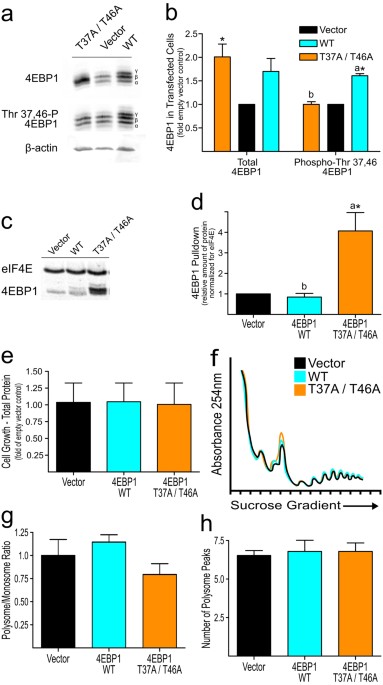4141388-metod-graficheskogo-predstavleniya-standartnykh-kharakteristik-peska/ 1.0. 1.0 1.0.://studlib.info/sport/4143616-exercise-25-fill-in-the-blanks-with-prepositions/.
• Western blot analysis of extracts from NIH/3T3 cells, untreated or treated with PDGF, wortmannin, LY294002, rapamycin or PD98059, using Phospho-Akt (Ser473) Antibody. • Western blot analysis of extracts from NIH/3T3 cells, untreated or treated with PDGF for the indicated times, using Phospho-Akt (Ser473) Antibody (upper) or Akt Antibody #9272 (lower). • Western blot analysis of immunoprecipitated Akt from 293 cells transiently transfected with HA-tagged Akt (WT), HA-tagged K179A mutant Akt and HA-tagged K179A/S473A mutant Akt, using Phospho-Akt (Ser473) Antibody (upper), Akt antibody (middle) or HA antibody (lower). Phospho-Akt (Ser473) Antibody does not recognize Akt with an alanine substituion at Ser473. (Polakiewicz, R.D. 273, 1.) • Confocal immunofluorescent analysis of C2C12 cells, treated with LY294002 #9901 (50 uM, 2 hrs; left) or insulin-treated (100 ng/mL, 30 min; right), using Phospho-Akt (Ser473) Antibody (green).
Actin filaments were labeled with DY-554 phalloidin (red). Blue pseudocolor = DRAQ5 ® #4084 (fluorescent DNA dye). • Flow cytometric analysis of LNCaP cells, untreated (green) or LY294002-treated (blue), using Phospho-Akt (Ser473) Antibody compared to a nonspecific negative control antibody (red).
Western Blotting Protocol For western blots, incubate membrane with diluted primary antibody in 5% w/v BSA, 1X TBS, 0.1% Tween ® 20 at 4°C with gentle shaking, overnight. NOTE: Please refer to primary antibody datasheet or product webpage for recommended antibody dilution. Solutions and Reagents From sample preparation to detection, the reagents you need for your Western Blot are now in one convenient kit: Western Blotting Application Solutions Kit NOTE: Prepare solutions with reverse osmosis deionized (RODI) or equivalent grade water. • 20X Phosphate Buffered Saline (PBS): () To prepare 1 L 1X PBS: add 50 ml 20X PBS to 950 ml dH 2O, mix. • 10X Tris Buffered Saline (TBS): () To prepare 1 L 1X TBS: add 100 ml 10X to 900 ml dH 2O, mix.
• 1X SDS Sample Buffer: Blue Loading Pack () or Red Loading Pack () Prepare fresh 3X reducing loading buffer by adding 1/10 volume 30X DTT to 1 volume of 3X SDS loading buffer. Dilute to 1X with dH 2O. • 10X Tris-Glycine SDS Running Buffer: () To prepare 1 L 1X running buffer: add 100 ml 10X running buffer to 900 ml dH 2O, mix. • 10X Tris-Glycine Transfer Buffer: () To prepare 1 L 1X Transfer Buffer: add 100 ml 10X Transfer Buffer to 200 ml methanol + 700 ml dH 2O, mix. • 10X Tris Buffered Saline with Tween ® 20 (TBST): () To prepare 1 L 1X TBST: add 100 ml 10X TBST to 900 ml dH 2O, mix.
• Nonfat Dry Milk: (). • Blocking Buffer: 1X TBST with 5% w/v nonfat dry milk; for 150 ml, add 7.5 g nonfat dry milk to 150 ml 1X TBST and mix well. • Wash Buffer: () 1X TBST.
• Bovine Serum Albumin (BSA): (). • Primary Antibody Dilution Buffer: 1X TBST with 5% BSA; for 20 ml, add 1.0 g BSA to 20 ml 1X TBST and mix well. • Biotinylated Protein Ladder Detection Pack: (). Zebra trafaret 3.
• Prestained Protein Marker, Broad Range (11-190 kDa): (). • Blotting Membrane and Paper: () This protocol has been optimized for nitrocellulose membranes. Pore size 0.2 µm is generally recommended.
• Secondary Antibody Conjugated to HRP: Anti-rabbit IgG, HRP-linked Antibody (). • Detection Reagent: SignalFire™ ECL Reagent (). Protein Blotting A general protocol for sample preparation.

• Treat cells by adding fresh media containing regulator for desired time. • Aspirate media from cultures; wash cells with 1X PBS; aspirate.
• Lyse cells by adding 1X SDS sample buffer (100 µl per well of 6-well plate or 500 µl for a 10 cm diameter plate). Immediately scrape the cells off the plate and transfer the extract to a microcentrifuge tube. • Sonicate for 10–15 sec to complete cell lysis and shear DNA (to reduce sample viscosity). • Heat a 20 µl sample to 95–100°C for 5 min; cool on ice. • Microcentrifuge for 5 min. • Load 20 µl onto SDS-PAGE gel (10 cm x 10 cm). NOTE: Loading of prestained molecular weight markers (, 5 µl/lane) to verify electrotransfer and biotinylated protein ladder (, 10 µl/lane) to determine molecular weights are recommended.
• Electrotransfer to nitrocellulose membrane (). Membrane Blocking and Antibody Incubations NOTE: Volumes are for 10 cm x 10 cm (100 cm 2) of membrane; for different sized membranes, adjust volumes accordingly. Membrane Blocking • (Optional) After transfer, wash nitrocellulose membrane with 25 ml TBS for 5 min at room temperature. • Incubate membrane in 25 ml of blocking buffer for 1 hr at room temperature.